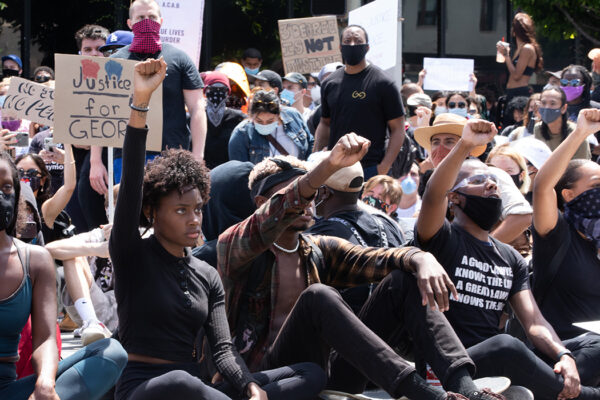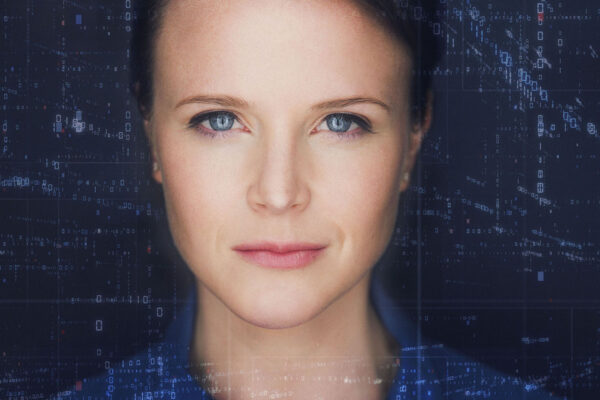As I walk down the street every day, I see cameras everywhere I look. Lampposts, traffic lights, and the tops of buildings are all dotted with small, tinted glass domes that record our every move.
Cameras have long been used by the police to track criminals and, in certain areas, to deter crime. This I understand. I also understand that, in recent years, we’ve witnessed the related militarization of local police. Officers dressed for desert-warfare, outfitted with all-terrain vehicles, have been sent to quell citizen-uprisings, such as the ones we saw last summer, after the death of George Floyd.
But now, American police forces are threatening to deploy an item familiar from contemporary warfare — the unmanned drone — against American citizens. Once used to surveil the nation’s enemies, the eye in the sky today is threatening to look down upon the City of St. Louis.
Persistent Surveillance Systems, which recently launced its aerial investigative research (AIR) program in Baltimore, is looking for another test city. St. Louis certainly appeared ready to get behind the wheel. In January, the Board of Alderman “perfected” — a wonky step just short of final approval — Board Bill 200, which would have given the program a three-year trial run. That’s three years of drones circling our skies at 4,000 feet, taking in 32 square miles of the city in every second.
Though the bill is now stalled for lack of funding, the city claimed this surveillance was necessary because of our high crime rate, and particularly because of the significant spike in homicides we’ve seen over the last year. Which begs the question: Does surveillance really work in lowering crime? According to some studies, yes it does. A 2017 literature review of studies of the effectiveness of surveillance in lowering crime rates found that crime rates are in fact lowered by 24 to 28 percent (Alexandrie, 2017). So, is there some justification in strapping a camera to a plane and having it watch us 18 hours a day? Sure.
But before we sign away our privacy, we need to think about this deeper. The pictures these cameras take would be of all of us, not just those suspected of crimes. They would capture you and me, going to work, going to school, seeing our loved ones. This is a severe breach of privacy and ripe with potential for abuse. And while it may be one potential strategy for fighting crime in St. Louis, it is not the only strategy. It is appalling how rarely we even consider other solutions.
What is another way to reduce crime in St. Louis? How about alleviating poverty? That may not as sexy as a hi-tech drone, but studies have found that childhood neglect and childhood poverty are both predictors of adult criminal activity.
Ask yourself this: In what context has this crime spike has occurred? COVID-19 has decimated jobs across the United States, and Black and Brown communities have been hit hardest. Even before COVID, Black and Brown communities were suffering disproportionate rates of poverty when compared to the rest of the country, and now that poverty is even deeper. People are desperate.
Does that justify murder? Of course not. But if we want to fix a problem, we first have to understand where that problem comes from. Otherwise, the wound will not heal, but will just fester beneath the bandage.
So how do we stop crime? We alleviate poverty. How do we alleviate poverty? That’s the big question. The answer is not by spying on one another.
Joseph Roeder is a graduate student in the Social Policy Institute at Washington University in St. Louis.



